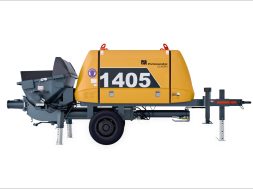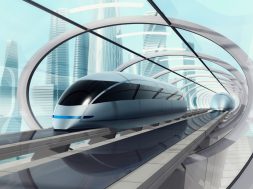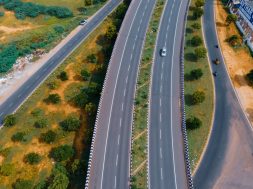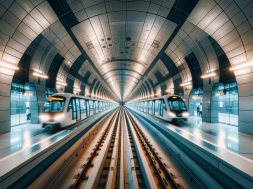Donyi Polo: Arunachal Pradesh’s First Greenfield Airport
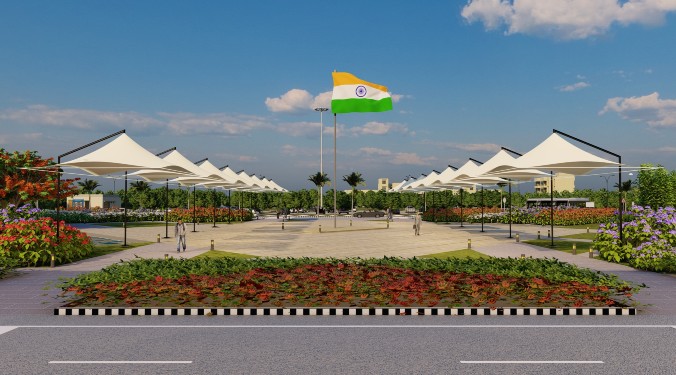
Since this is the first Greenfield airport in Arunachal Pradesh, the first attempt or rather stroke of the brush was to create a very distinct architectural symbol for the state of Arunachal Pradesh.
Studio DRA in conversation with Ar. Kritika Juneja
Ar. Kritika:-Formerly, the airport was to be built at Banderdeva, 25km from Itanagar, but due to operational safety concerns, the Airport Authority of India chose Hollongi. What is your take on the same?
Studio DRA:-With the unique requirements of Airport at Itanagar, it was very important to have a proper connectivity to the airport site. This kind of dictated the site selection to an extent. The current site is very well connected with good road network from Itanagar as well as other towns of Arunachal bordering Assam. Secondly, as I mentioned, there are regulatory requirements for the airport to have obstruction-free access from all sides for a safe aircraft landing. Since Arunachal Pradesh is a hilly state, it was extremely difficult for the Airports Authority to locate a site without existing natural and man-made obstacles. After conducting several surveys, they selected this particular site, which was obstruction-free and relatively flat to permit the construction of the runway for large planes such as Code C and for the future expansion of Aerodrome facilities.
Ar. Kritika:-In order to shape the airport while preserving its contextual identity, what steps did you take?
Studio DRA:-Key to a successful Aerodrome is a good masterplan. Initially, the Aerodrome Master Planning was done by Airports Authority, and when we came onboard as Aviation experts to build the airport we discovered several issues with the masterplan. As our first step, we audited the master plan and we recommended a number of small and large changes to accommodate the aerodrome’s requirements considering the present needs and future demands keeping in mind the passenger conveniences and making the Airport operations sustainable; for instance, we conducted a traffic analysis on the city side, and we revised the master plan to allow for smoother airport access and to the Interim terminal building. We replanted a few components of the airport itself that were not placed correctly, so that a efficient master plan could be developed. We ensured the rectifications in the masterplan are done fairly early in the projects which were accepted by the Airports Authority of India and this has resulted in a very successful master plan and a contextual airport design.
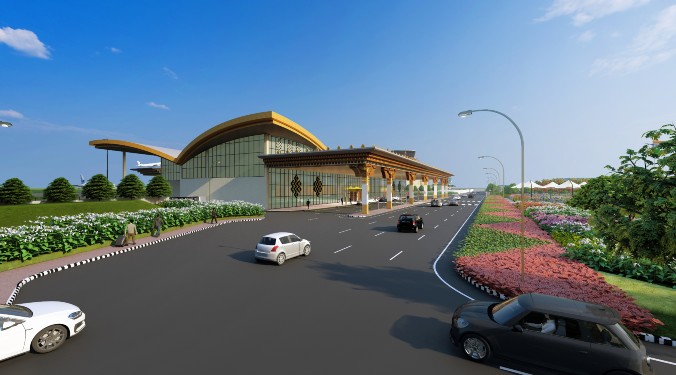
Ar. Kritika:-In spite of the fact that every airport has similar functional aspects, your airports have their own distinctive style, whether it is in the form, elevations, or interior spaces. Elucidate please.
Studio DRA:- Since this is the first Greenfield airport in Arunachal Pradesh, the first attempt or rather first stroke of the brush was to create a very distinct architectural symbol for the state of Arunachal Pradesh. Therefore, an architectural symbol or something unique to the state was very important. Secondly, we drew a lot of conclusions from the state’s heritage and culture. We tried to create a very contemporary palette of materials to create something unique. The building form and elevations of this particular airport are quite distinctive and striking. In addition, the whole architecture resonates with local symbols, for instance, the roof is quite expressive in terms of inferring from the state’s hilly terrain. It almost looks like the roof form is in harmony with the hilly terrain. The colors, textures, and geometry of the front elevation are inspired by the architectural features of Buddhist monasteries in Arunachal from the inner tribal regions. We also drew some inferences from their past and present, and in the airport itself, we are trying to incorporate some features in the landscape master plan and the building itself. The geometrical shapes are also inspired by the typical tribal dresses that are worn by the local tribes, as well as the natural features of the state.
Ar. Kritika:-Besides this, you also mentioned landscaping. So, did you use the local/regional trees and shrubs?
Studio DRA:- Yes, we did, we researched the local flora and fauna. Several books have been published by the local Agricultural Institute, and we tried to use local plants wherever possible. Species of trees and plants we could find locally, and for the most part, our master plan, the trees you see on the site are the local species that will hopefully survive all weather types. The layout of the landscape is inspired by the Apatani tribe patterns.
Ar. Kritika:-Why is the Donyi Polo Airport so unique?
Studio DRA:-The Airports Authority, our client, was very much interested in getting an Airport building inspired by the local heritage and culture. As a result, we incorporated local elements into the building’s design. The patterns on the building façade are inspired by the traditional clothing style of Arunachal Pradesh tribes, especially the headgear of the local tribe, which is in the form of Indian hornbill Bird’s beak. This also has an architectural appeal. The building form is thus synthesized from the shape of traditional headgear and the hilly surroundings in which it is located. Our design evolved in three dimensions to achieve this building form after we worked out the structural grid to plan this roof. Therefore, the proposed form and roof of the buildings are quite inspiring. This master plan of this aerodrome is now shaped by us to be a very practical and forward looking plan, which hopefully, as we’ve seen in many of our airport projects, by the time the project is built, will accommodate the need for expansion easily.
Designed by:- Studio DRA
Cookie Consent
We use cookies to personalize your experience. By continuing to visit this website you agree to our Terms & Conditions, Privacy Policy and Cookie Policy.
